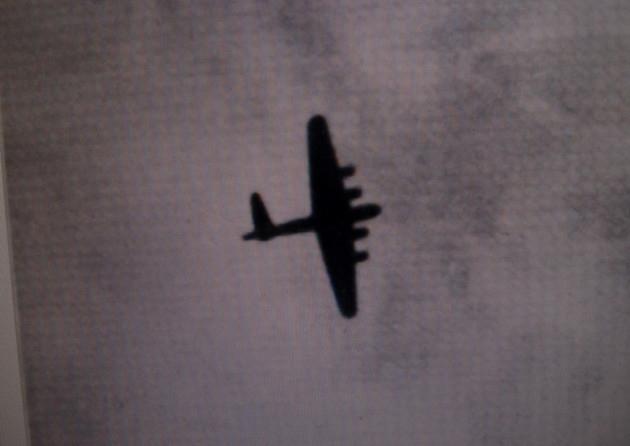
In wartime, there are many examples of bravery, and many of them are honoured by the countries involved. There are also unsung heroes and often their stories go unrecorded, destined to fade into history as their friends and loved ones eventually pass away.
Military operations rarely go totally to plan, and individuals can suddenly find themselves faced with having to make life and death decisions that affect their comrades. One such situation faced the crew of a US 96th Bomb Group B-17 Flying Fortress on 13th may 1943.
The bomber and its crew had arrived in Britain only weeks earlier and were stationed at RAF Snetterton Heath in Norfolk. On that fateful day in May, the crew was detailed to attack the German Luftwaffe air base at St Omer, in France as part of a 22 aircraft force; it was to be their first combat operation.
As the group of aircraft took off, two of them were in immediate trouble; one developed an oxygen leak in one of its gun turrets and had to abort the mission. The other aircraft, flown by Captain Derrol Rogers and co-pilot Neville Gorse banked suddenly, and the nightmare began.
The crews had been warned that enemy fighters might attack them as they crossed the Norfolk coast, so the aircraft’s machine guns were loaded and ready. As Rogers banked, one of the plane’s turret guns began to fire, and one of the tail stabilisers was shot away. Two of the crew were also hit.
Deprived of a stabiliser, the B-17 was effectively out of control and climbing. Battling with the control column, pilot and co-pilot managed to tie it in position and fly back over the Snetterton airfield, allowing the rest of the crew to parachute to safety.
The two men then turned the plane seawards to avoid crashing onto populated areas. Both of them bailed out before the aircraft hit the water – the co-pilot was rescued, but Captain Rogers was in the cold sea for too long, and although he was picked up, he died of hypothermia
A Norfolk diving team has recently found the remains of the aircraft in the sea off Blakeney, a beautiful coastal village with a picturesque sailing harbour. The team believes that there are at least 20 more wartime aircraft wrecks in the water along the same section of coastline.